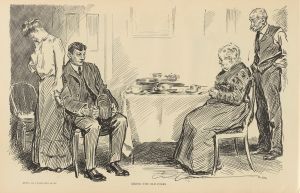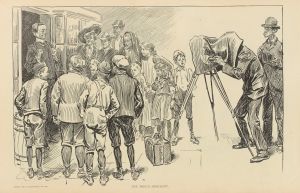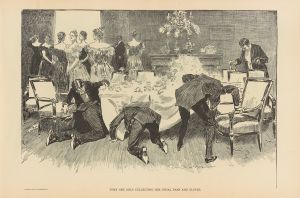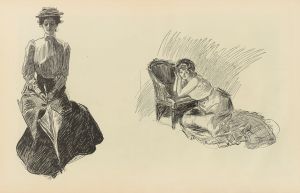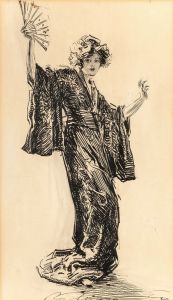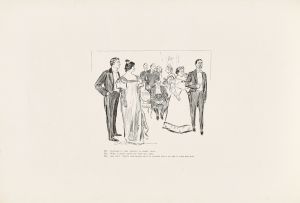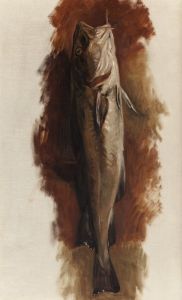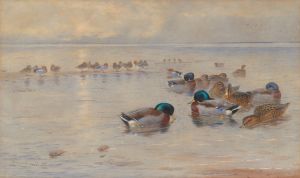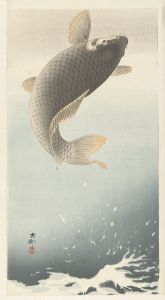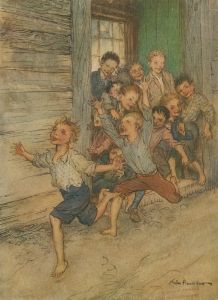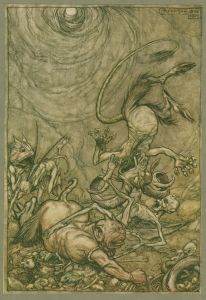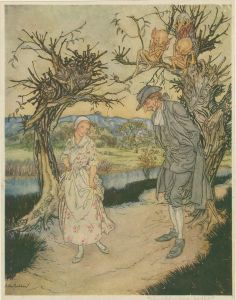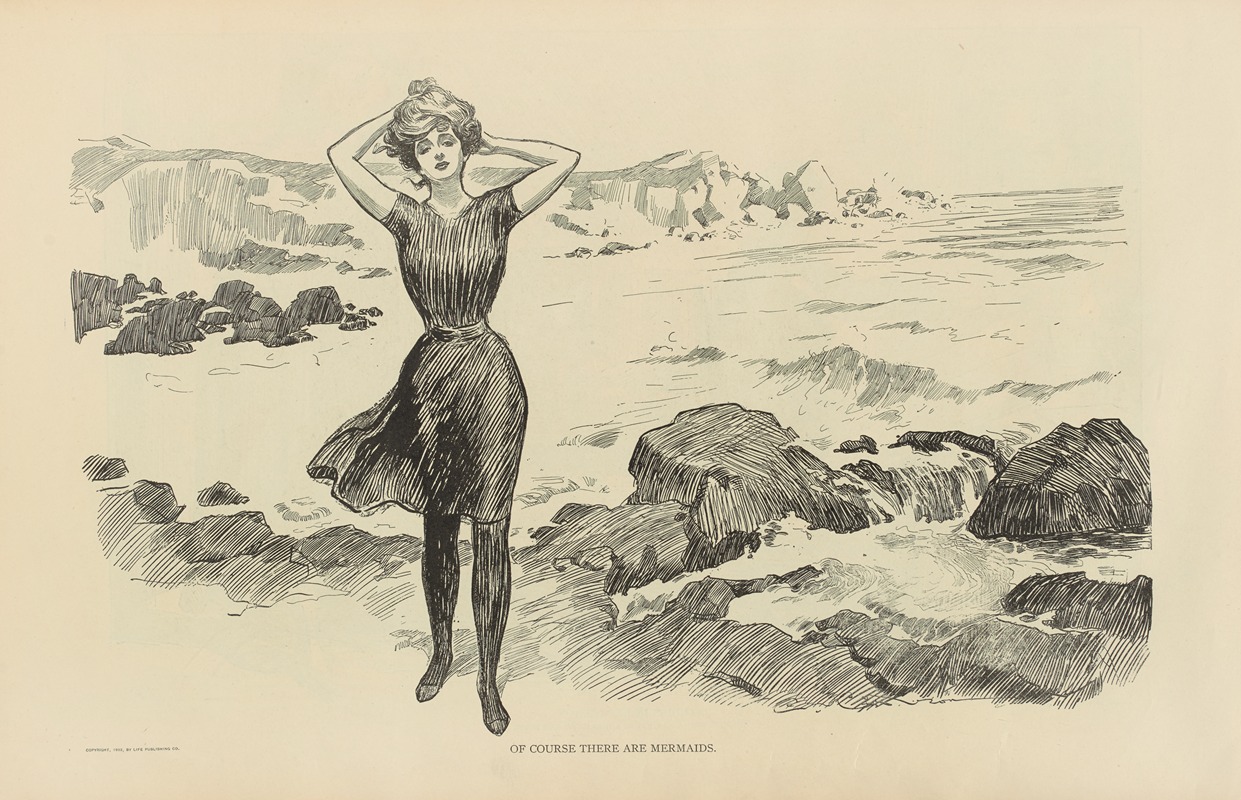
Of course there are mermaids
A hand-painted replica of Charles Dana Gibson’s masterpiece Of course there are mermaids, meticulously crafted by professional artists to capture the true essence of the original. Each piece is created with museum-quality canvas and rare mineral pigments, carefully painted by experienced artists with delicate brushstrokes and rich, layered colors to perfectly recreate the texture of the original artwork. Unlike machine-printed reproductions, this hand-painted version brings the painting to life, infused with the artist’s emotions and skill in every stroke. Whether for personal collection or home decoration, it instantly elevates the artistic atmosphere of any space.
Charles Dana Gibson was an influential American illustrator best known for his creation of the "Gibson Girl," a representation of the idealized American woman at the turn of the 20th century. His work captured the spirit and social dynamics of the era, often with a touch of humor and satire. One of his notable works is "Of Course There Are Mermaids," which reflects his distinctive style and thematic interests.
"Of Course There Are Mermaids" is a black-and-white illustration that showcases Gibson's skill in pen-and-ink drawing. The artwork depicts a whimsical scene involving mermaids, a subject that has fascinated artists and audiences for centuries. Gibson's illustration likely plays on the mythical allure of mermaids, creatures that have been part of folklore and maritime legend across various cultures. The title itself suggests a playful affirmation of their existence, inviting viewers to suspend disbelief and engage with the fantasy.
Gibson's work often included elements of humor and social commentary, and "Of Course There Are Mermaids" can be seen as part of this tradition. While the specific details of the illustration's composition are not widely documented, it is consistent with Gibson's broader oeuvre, which frequently explored themes of beauty, femininity, and societal norms. His illustrations were published in popular magazines of the time, such as Life and Harper's Weekly, reaching a wide audience and influencing public perceptions of style and culture.
The "Gibson Girl" was a central figure in Gibson's work, representing a new standard of femininity that was independent, confident, and fashionable. While "Of Course There Are Mermaids" does not directly feature a Gibson Girl, it shares the same artistic flair and attention to detail that characterized his depictions of women. The mermaids in the illustration may embody similar qualities of allure and mystery, resonating with the cultural fascination with both the Gibson Girl and mythical creatures.
Gibson's illustrations were not only artistic expressions but also reflections of the social and cultural milieu of his time. The late 19th and early 20th centuries were periods of significant change in America, with shifts in gender roles, technological advancements, and evolving artistic movements. Gibson's work captured these transformations, often with a light-hearted and satirical touch.
"Of Course There Are Mermaids" is a testament to Gibson's ability to blend fantasy with reality, creating images that are both entertaining and thought-provoking. His legacy as an illustrator endures, with his works continuing to be studied and appreciated for their artistic merit and cultural significance. While specific information about the context or reception of "Of Course There Are Mermaids" is limited, it remains a charming example of Gibson's talent and his contribution to American illustration.





